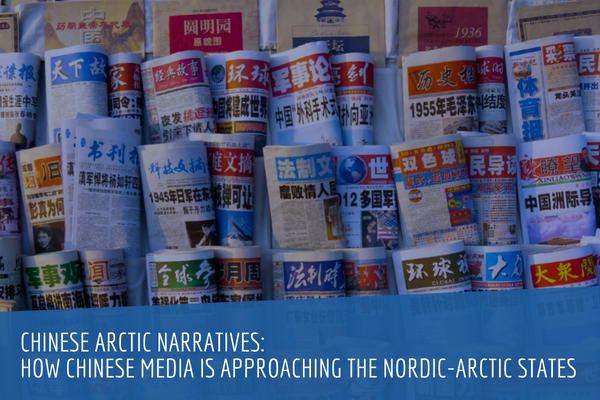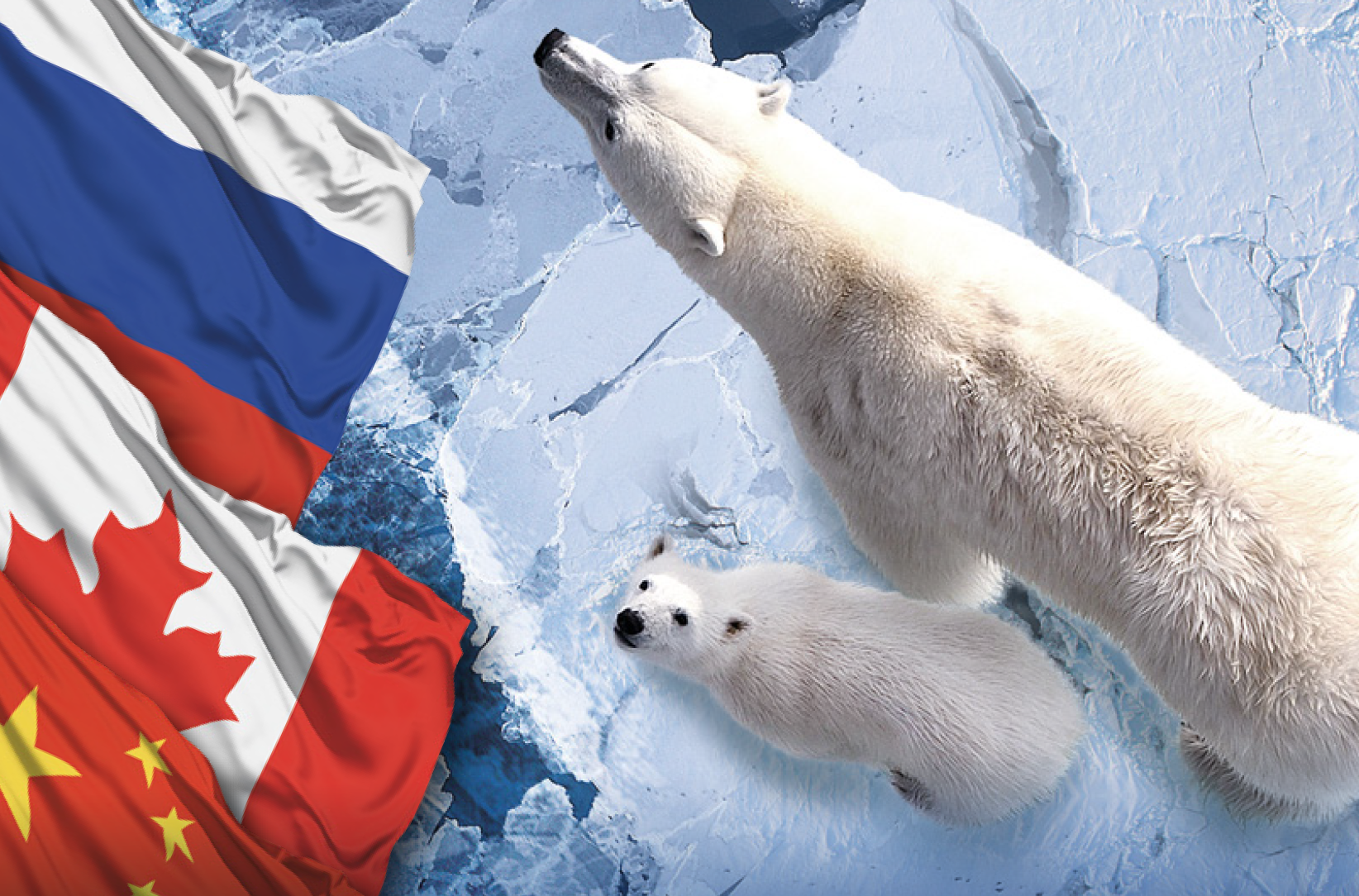This paper analyses the narratives that appear in Chinese media regarding Arctic states. Given that this research is being executed under the auspices of the Nordic-Baltic project of the NATO Strategic Communications Centre of Excellence, it focuses on the Nordic states. This research seeks to better understand the phenomenon of China’s ‘Near Arctic’ identity. It examines how Chinese media frame China, the Nordic countries, and the relationship between them, particularly concerning the Arctic.
Throughout this article we attempt to identify the narratives that China is trying to construct when engaging with Arctic states – in this case the Nordic ones (Norway, Denmark, Sweden, Finland, and Iceland). From the outset, this research presumes that there are differences in China’s approach to the five Nordic countries and to their territories pertaining to the Arctic. Some of the territories located in the Arctic are autonomous parts of their respective states, for example, Greenland or the Faroe Islands of the Kingdom of Denmark. Other territories carry a special international status, such as Norway’s Svalbard. This research also assumes that the framing of the Nordic countries in Chinese media is influenced by domestic and international events that have the potential to strengthen or weaken China’s position in the Arctic. The key questions this study will attempt to answer are: What kind of discourses are Chinese media outlets constructing when they write about Nordic states? Are narratives different when these articles have an Arctic dimension? And are Finland, Sweden, Norway, Iceland, and Denmark written about in the same way?




